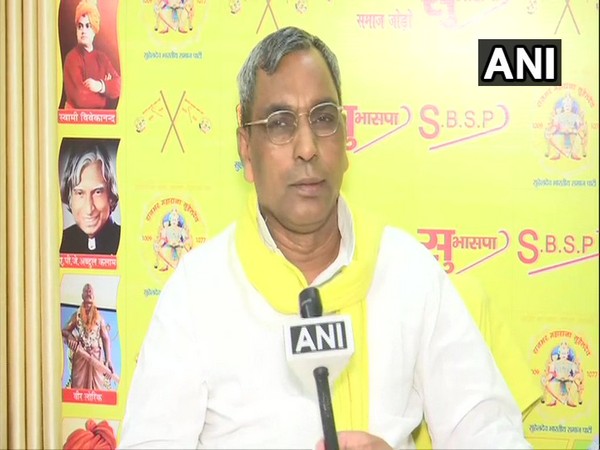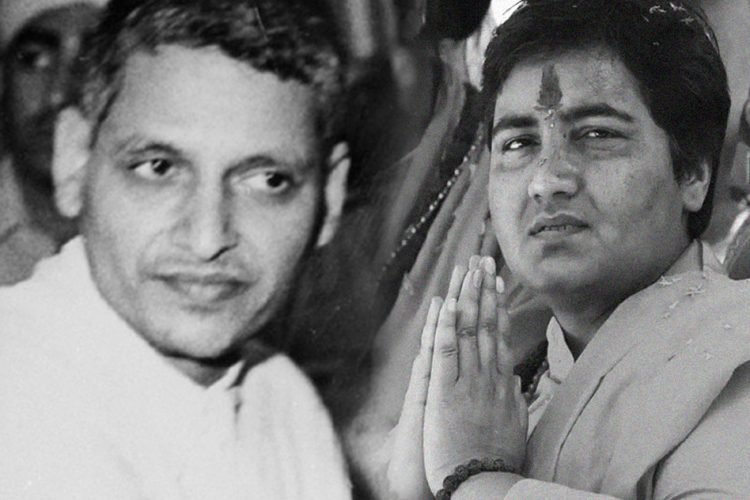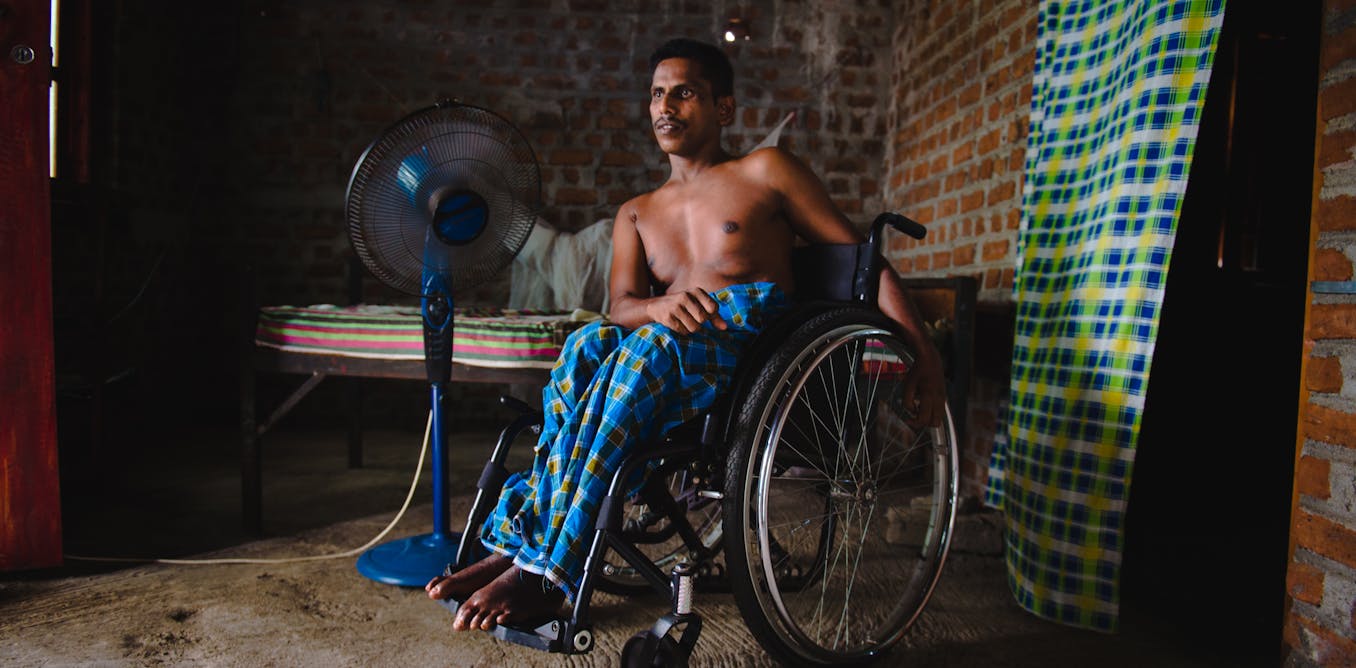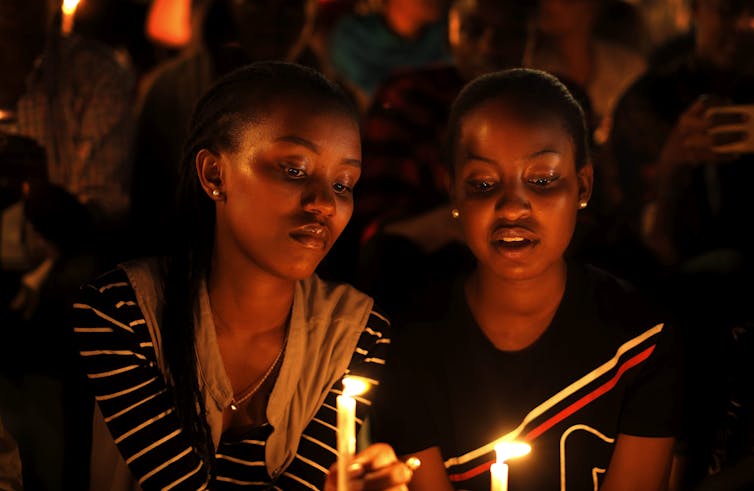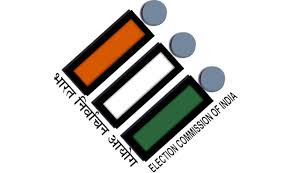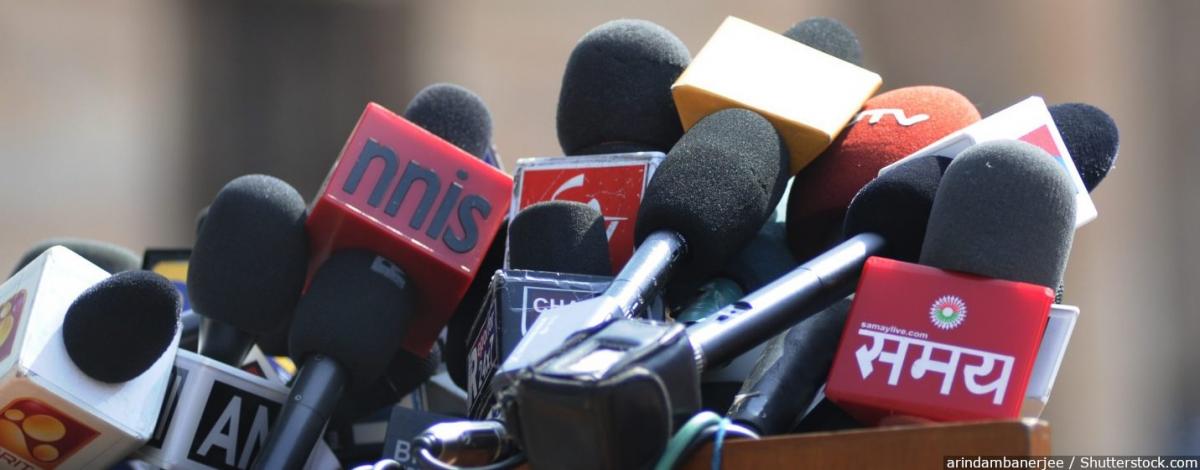In 2014, people in Uttar Pradesh voted across caste lines, choosing a future that wasn’t rooted in their past. In 2019, voting along caste lines returned with a bang. Uttar Pradesh is where Narendra Modi and Amit Shah may have met their match in Akhilesh Yadav and Mayawati’s powerful alliance of mutual respect and admiration.

First, a caveat — we can be wrong. To the best of our knowledge, this is the first time something like this has been tried at this scale anywhere in the world. We are using methods designed to understand people and their basic motivations and applying them to the world’s largest democratic exercise. If we are right, we will double down on what we’ve learnt and continue to build out our systems. If we are wrong, we will learn from our mistakes, fix our systems, and be stronger for it.
Along the way we have found a well of support from across the world — thank you for your emails and your comments.
On the 23rd of May, India’s choice of a future will be revealed. It will also tell us how wrong or right we are. But, we aren’t losing sight of the fact that the fate of a billion people is far more important than any system or method we have built.
Without any further ado, here is our projection.
We have strong and weak projections across all 80 seats in Uttar Pradesh.
We believe the BSP + SP + RLD will win 54 seats in Uttar Pradesh. We may be wrong about 8 seats. The BSP will win 27. The SP will win 22. The RLD will win 2. We have a few more weak projections for the BSP than for the SP.
We believe the BJP will win 21 seats. This may go up by 9 seats we have currently projected for other parties.
We believe the INC will win 4 seats.
We believe the PSP(L) may win 1 seat — though it could easily swing the SP’s way.
We also believe the BJP will see an average vote share drop of 3-6% and the Gathbandhan will see their vote share rise by 2-5%.
Over the last six months we identified close to a hundred issues that are playing a role across communities. We picked a few — some more important than others — and the constituencies they mattered in. Here they are, in no particular order.
RESOURCE CRUNCH

Far too many people for far too few resources. A common complaint that is attributed to a growth in population, but took on a communal tinge wherever the BJP signalled that some sections of society have grown faster than others.
This issue impacted 6 out of 80 constituencies.
BROKEN EDUCATION

Poor infrastructure, low teacher-student ratio, and limited or difficult access translates into a broken education system. Many seem to believe that the poor education they have received makes them unemployable.
This has been noted in almost all the constituencies, but severely emerged in 16 where citizens say that the public education system is broken beyond repair.
INFRASTRUCTURE DEFICIT

Attributed to corruption and regulatory issues, infrastructure deficit is a common theme across rural and urban constituencies. While in rural areas the overall quality of life suffers, in urban it is the cost of living and ease of doing business that is impacted.
40 constituencies urgently demand better infrastructure.
INTERNAL MIGRATION

2 constituencies explicitly list out issues related to migration.
FARMER DISTRESS

Low trickle-down impact of central schemes, unpredictable weather, decreased market demand and stray cattle have all contributed to growing agrarian distress in the last 5 years. Sugarcane and potato are going to have a significant role to play in the outcome of this election.
Noted more across the western belt, 24 constituencies across UP have shown signs of agrarian distress.
US vs THEM

Yogi Adityanath’s claim of his being a riot-free term has not resonated at the local level. Uttar Pradesh has witnessed about 195 communal incidents where majority of the victims have been Muslims or Dalits. Almost 70% of these issues have been bovine-related.
15 out of 80 constituencies have been impacted by communal tensions.
DENTED BY DEMONETIZATION

Slowing the economic growth down to a four-year low, demonetization hit small and medium enterprises the worst. Consumption slumped, fuelling the fire of an existing job crisis.
30 constituencies have been gravely affected by demonetization, GST.
WATER WOES

Water shortage and pollution across UP has had an impact on voter sentiment. A few villages boycotted this election to bring attention to their woes. This growing crisis, however, has not been made a prominent election agenda by the local candidates.
16 constituencies are reporting water trouble.
BALLOONING JOB CRISIS

The BJP government launched programmes to address widening unemployment, but these have not been effective. The programmes and policies have additionally reduced the pay for skilled workers.
People across 29 constituencies are reportedly facing a harsh unemployment crisis, and it will impact their electoral decision.
HOLY COW TO HOLY TERROR

The stray cattle menace across the state has got to a point where farmers are now locking up abandoned cows in government offices, schools and hospitals to save their crops. The bovine menace has been pestering city dwellers and commuters too with unnecessary traffic snarls, some of which are even ending up in accidents.
23 out of 80 constituencies find this to be a serious issue.
NO RULE OF LAW, BUT THE GUN STILL RULES

Uttar Pradesh government’s ‘thok denge’ stance is promoting a culture of lawlessness in the state, as we found in 34 constituencies.
HOW SWACHH IS UTTAR PRADESH

Currently, 60–70% of the Amrut scheme expenditure is for street sweeping and 20–30% goes towards waste transportation purposes, leaving no funds to undertake waste management projects. Residents have often cried out, detailing out their struggle with the waste problem — this poll season they feel ignored.
10 constituencies could do with more swachhata, and urgently demand it.
SCARE IN THE AIR

In today’s political climate, the environment & its pollution failed to become part of the political agenda. As Uttar Pradesh faces multiple threats from climate change, biodiversity loss and worsening air quality, political parties ignored all these issues.
11 constituencies out of 80 report high levels of pollution.
ACCESS TO HEALTHCARE

Over the last five years, healthcare has featured prominently in the BJP’s policy and legislation, but these programs and policies haven’t really reached the grass root level population.
People in 17 constituencies highlight few to no access to proper healthcare.
Courtesy: https://anthro.ai/
